
Give Fleece a Chance
You’re planning to hit the town for the evening. But temperatures are threatening to put your fun on ice. Do you call your friends and cancel?
No way.
You simply say, alpaca my scarf.
Luxuriously soft. Incredibly warm. Unbelievably lightweight. Alpaca fleece is the answer.

Alpacas have been bred and domesticated for hundreds of years, thriving in small villages nestled in the foothills of the Andes. Related to llamas, but smaller, alpacas are kept not as pack animals, but for the purpose of providing fleece.

Not an alpaca, but close. The vicuna is the alpaca’s just-as cute-cousin.
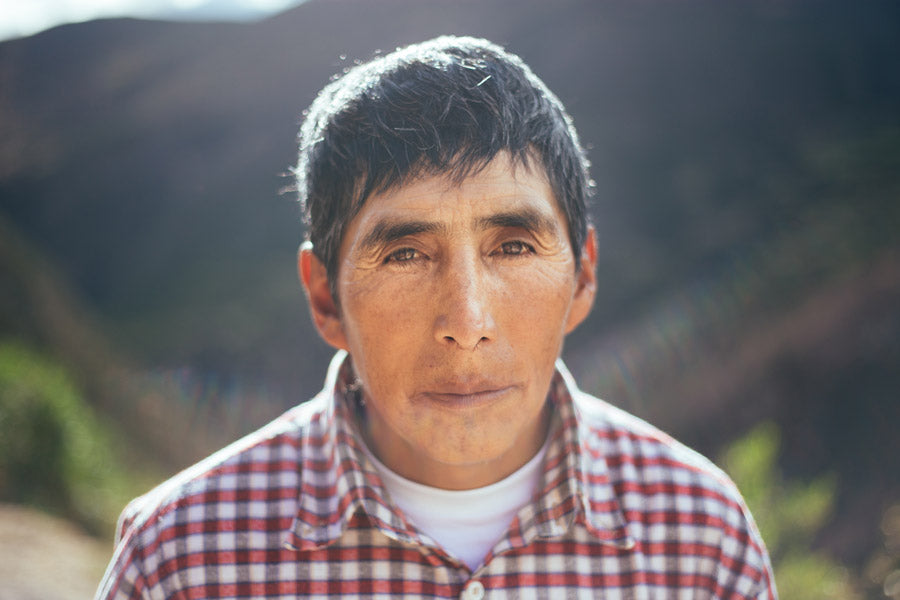
Peruvian herdsman shear alpaca fleece to be spun into a fine yarn, which is dyed a variety of colors and woven into intricate patterns by talented weavers.
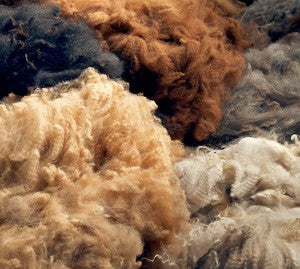
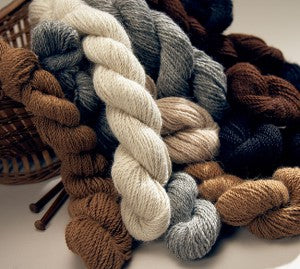

And whether the yarn will be turned into an elegant shawl or everyday gloves, it will be extraordinarily warm, because alpacas have been bred to extreme mountain climates.
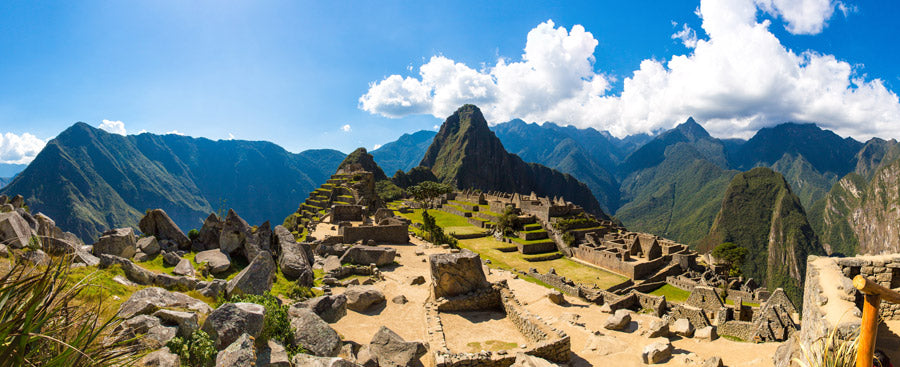
Alpaca is not only warmer than sheep’s wool, but it’s softer too. Smoother fibers mean that it won’t cause itchiness. Alpaca has superior wicking properties as well, retaining heat when wet, even while feeling lighter. And because it lacks lanolin, alpaca is hypoallergenic, making it a great choice for quality home accessories and high-functioning fashion! Pillows, blankets, hats, scarves and gloves truly are comfier and cozier when knit from alpaca fleece.
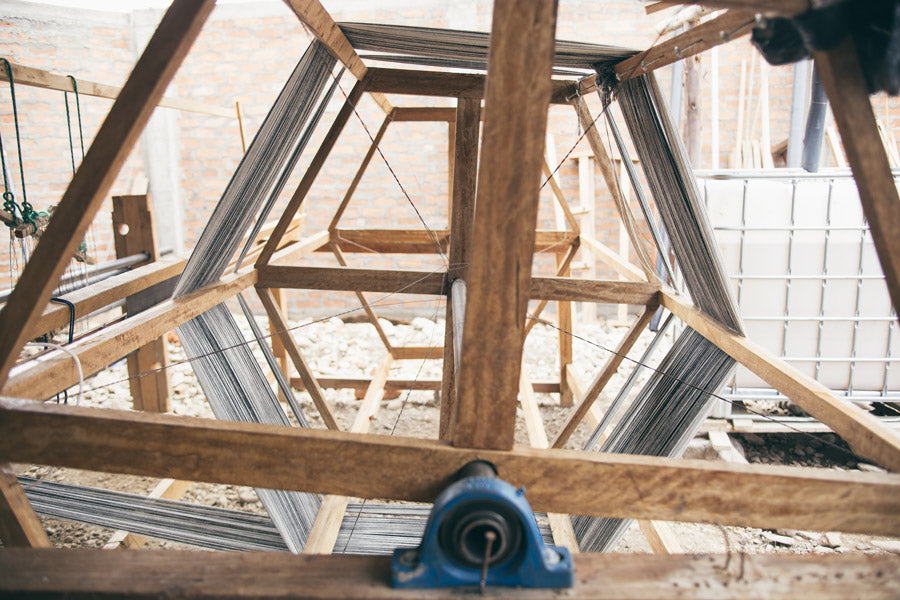
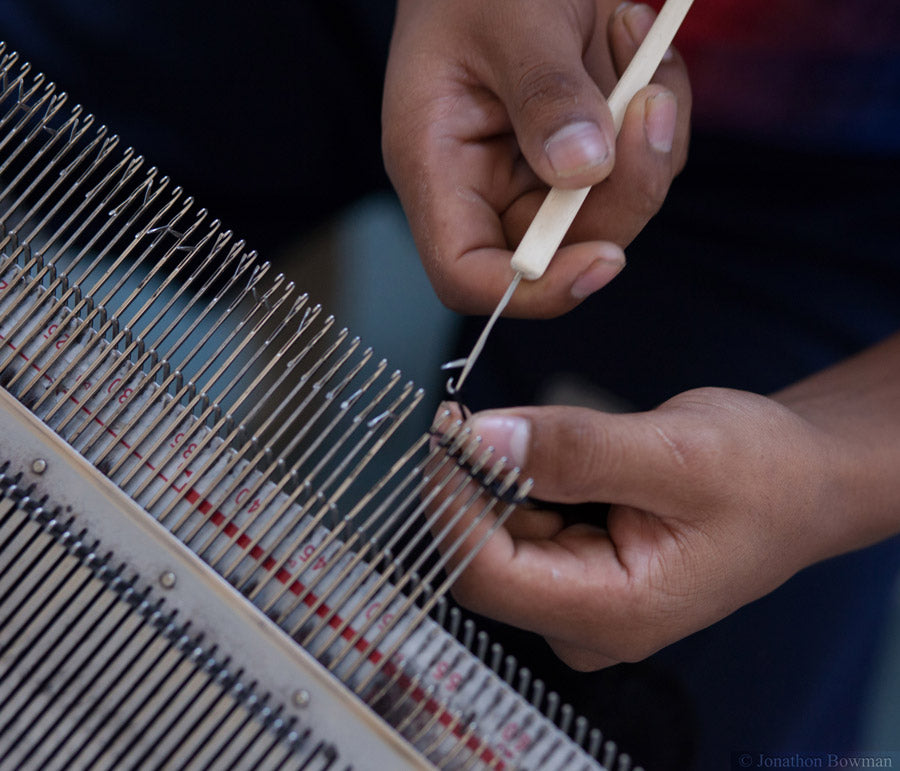

What’s more, these woven wonders are brought to you by small community workshops throughout the Andean highlands. For these makers, some of whom escaped political violence and started over with nothing, weaving is the only source of household income.
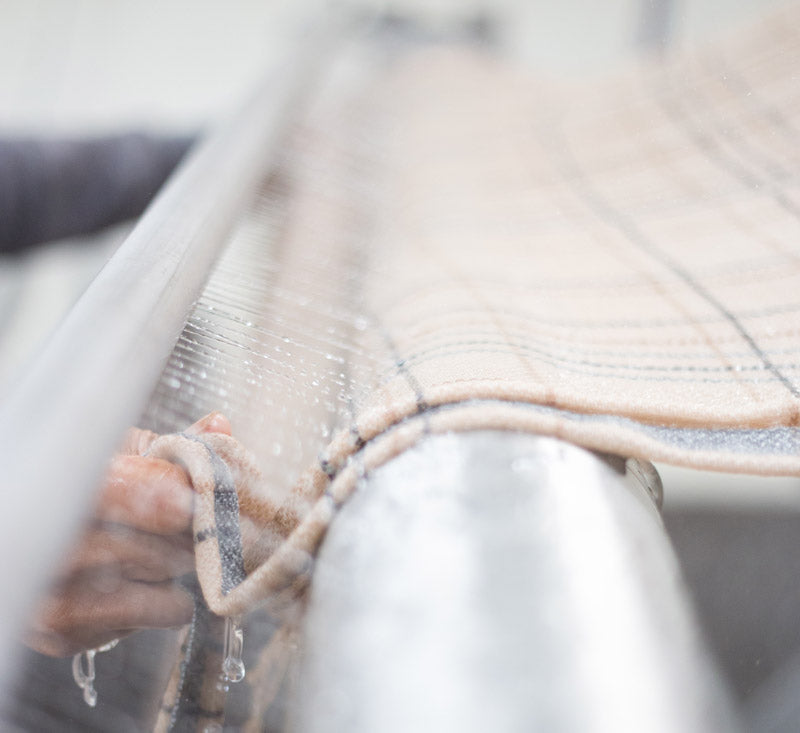

Alpaca scarves keep an artistic tradition alive, while helping artisans build self-sustaining businesses and provide better futures for their families through educational opportunities.
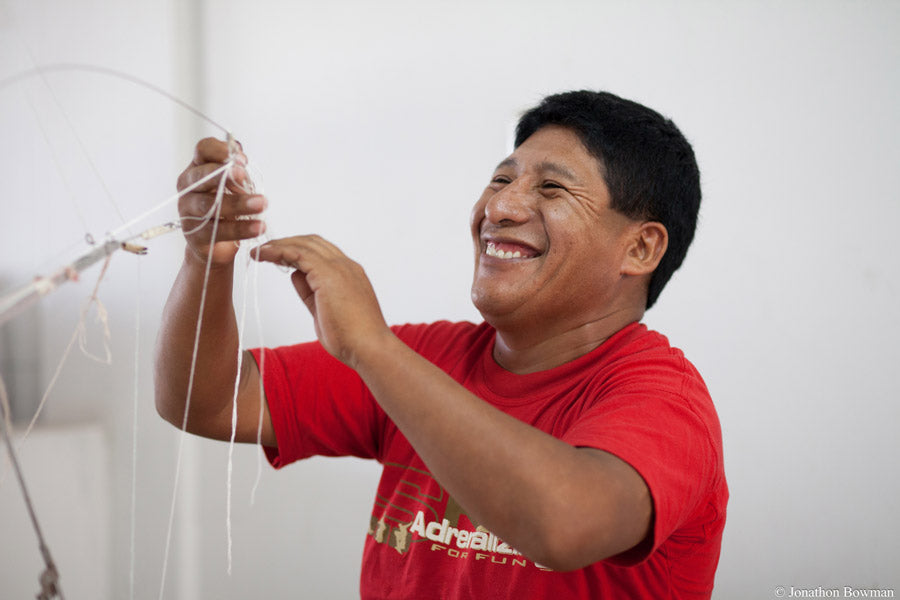 You can see why we’re not sheepish about it; alpaca is pretty amazing. So wrap up in alpaca and enjoy the chill, ewe won’t be disappointed.
You can see why we’re not sheepish about it; alpaca is pretty amazing. So wrap up in alpaca and enjoy the chill, ewe won’t be disappointed.

Leave a comment